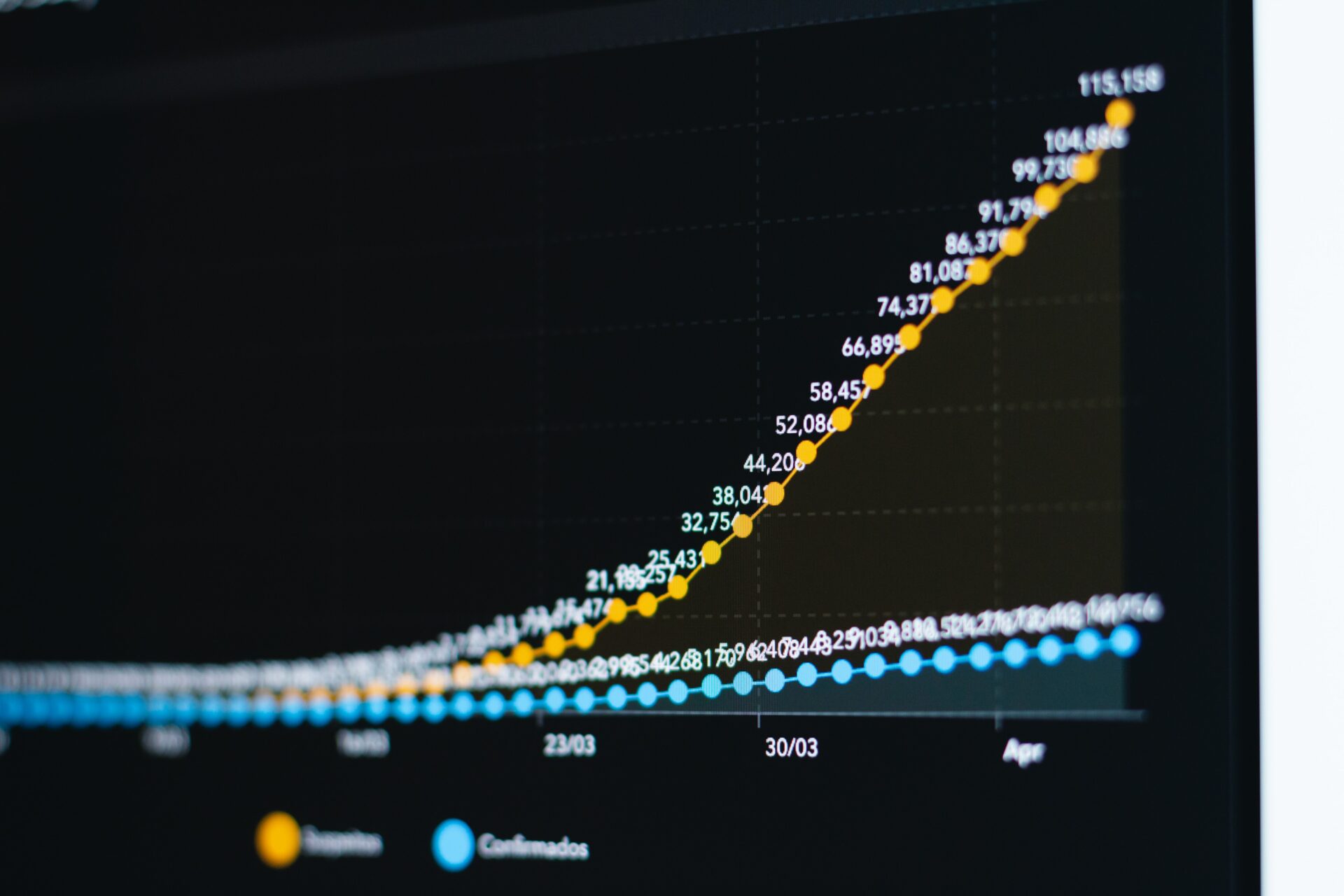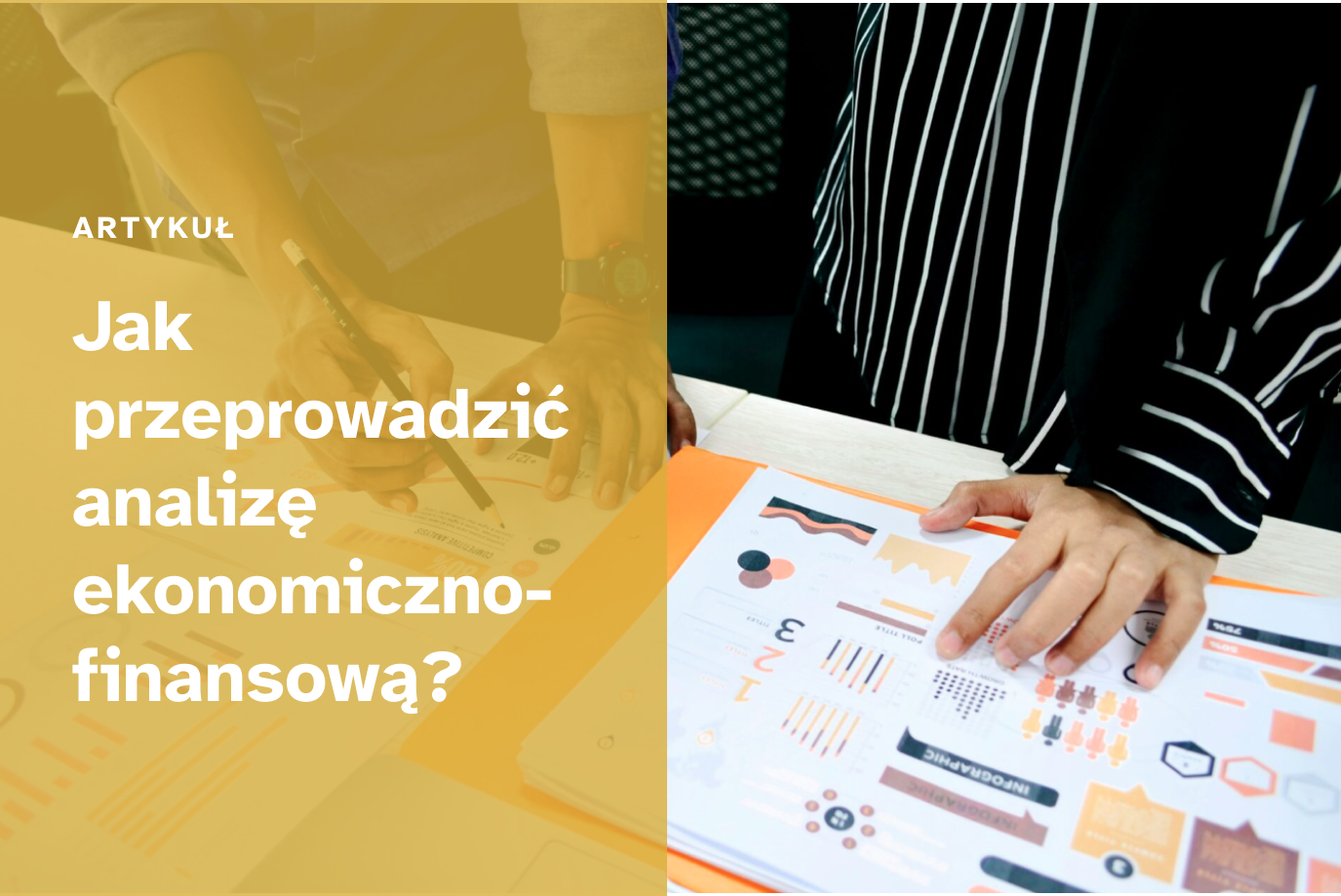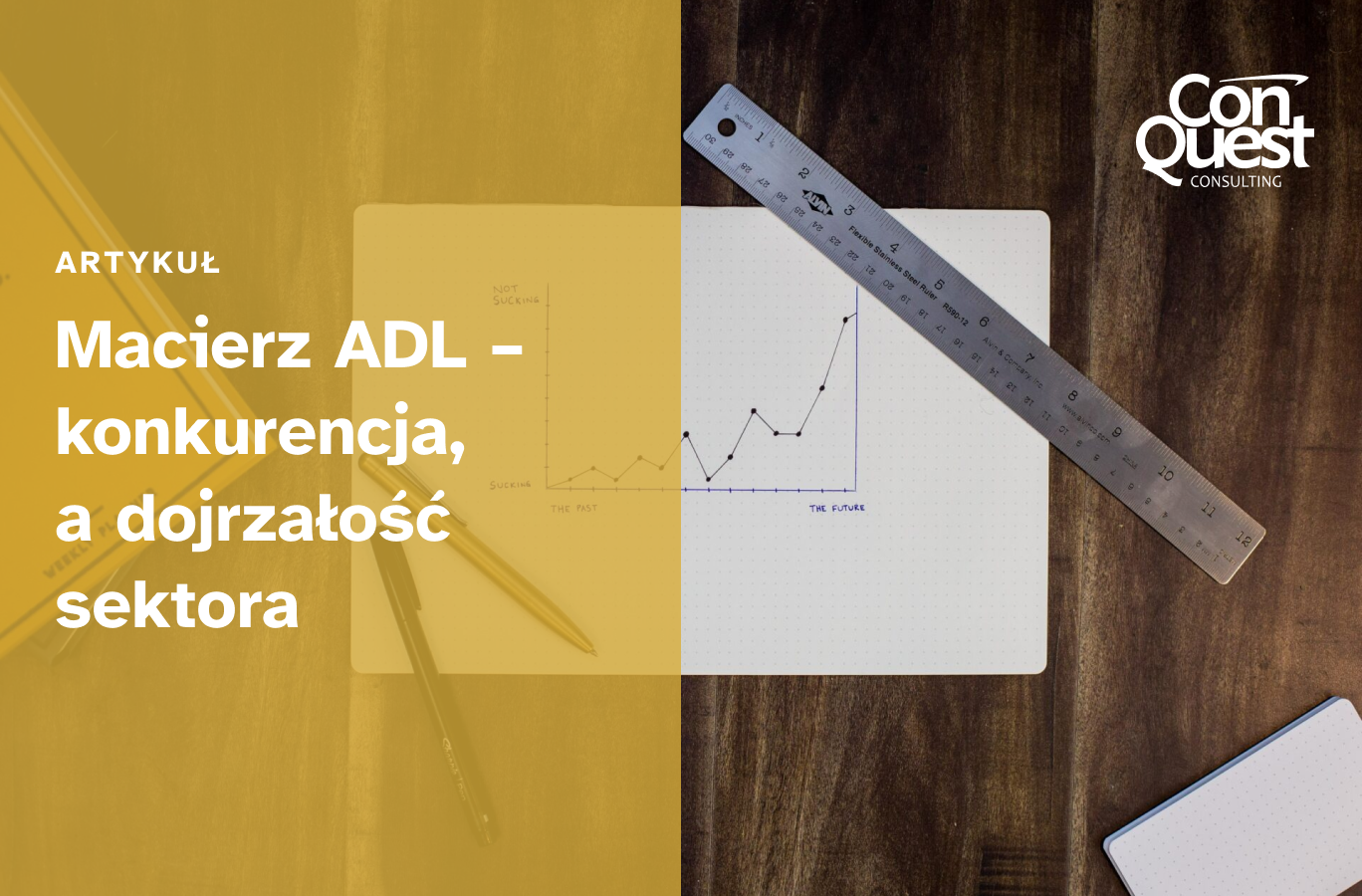11.08.2021
Is it worth it to use an experience curve?
How do you explain the success of Japanese car companies, whose production value increased almost 7 times between 1970 and 1980? Why did steam turbine manufacturer Allis Chalmers go out of business? Which tool allows you to determine your cost strategy? In this article we will analyze these questions based on the experience curve.

Does experience matter?
The experience curve is an important tool related to organizational improvement. In the simplest terms, it indicates how the time required to complete a task decreases as the number of units produced increases.
The forerunner of the experience curve model is the Boston Consulting Group, whose experts in the late 1960s observed that the unit cost of production decreases by a fixed percentage each time the sector's output doubles. Depending on the company, this percentage ranged from 10% to 35%. The purpose of the experience curve analysis is to estimate the approximate position of the company compared to its competitors. Mainly the ratio of average prices to average costs of producing a unit is taken into account.
What affects the experience curve?
There are several important factors that affect the experience curve. The most important
Of these is the effect of scale. It is based on the assumption that with mass production, fixed costs are spread over a larger number of units produced. As a result, the company strengthens its bargaining power with suppliers and customers and its market position. Another component is the learning effect. With more experience and specialization, labor productivity increases, making it possible to recognize that experience matters. Last but not least is the substitution effect of labor and capital and technology. Here it is important to highlight innovative solutions and machine learning processes that are gaining popularity. They contribute to a significant optimization of work in the company.
Advantages and disadvantages - confrontation
From the perspective of a long-term cost leader's strategy on the basis of the experience curve, a company can analyze whether the cost of producing a product is falling faster than that of its competitors, as well as evaluate the advantage developed so far. Moreover, this tool can be useful in deciding whether to invest in product quality development. Such a dilemma is often faced by cost leaders, aware of the need to raise the market price, which may translate into a decrease in demand for their products.
However, there are some limitations to the use of the experience curve. One is that the experience effect is not present in all industries, and cost often plays a secondary role in price formation. Another drawback is that with modern technology, the experience effect can be eliminated by competitors. Finally, the continued use of strategies to minimize unit cost and compete on price can reduce industry profitability and generate losses.
So, is it worth it?
Knowing the experience curve and being able to place the company on the graph allows the entrepreneur to work out the size of the optimal production for his company, as well as to determine unit costs. Comparing oneself to competitors in the sector informs investors of the economic barrier to entry, and operating companies can develop a strategy to combat competitors. It should be remembered, however, that the experience curve is not the only tool and has certain limitations.
It is worthwhile to analyze the long-term effects of decisions made in the perspective of the effectiveness of the business conducted and reference to the competition, using the experience curve. However, it is important to remember that the key in developing a strategy is to use various tools to verify the effects on an ongoing basis.




